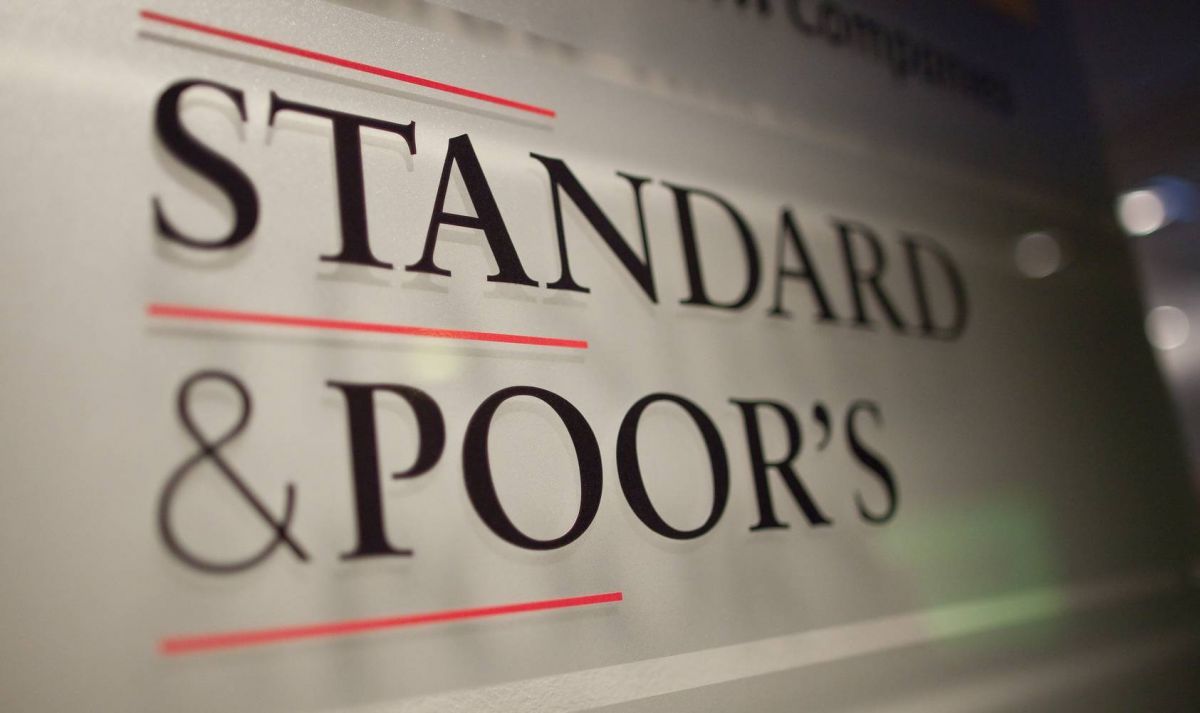Despite the recent change in perspective on Brazil’s rating from ‘stable’ to ‘positive’ by S&P Global Ratings, the journey to upgrade the nation’s sovereign bonds rating, a task that’s crucial for reducing market funding costs, isn’t straightforward.
It’s pinned to several uncertain factors, such as adherence to the new fiscal framework.
After losing its investment grade in 2015 due to financial and economic setbacks, Brazil has seen its rating downgraded thrice by S&P.
The pathway to improve this rating now revolves around implementing reforms to boost economic growth, accelerating legislative processes, and reviewing public spending.

Economists suggest that the recovery of the ‘investment grade’ could take time.
S&P has recommended reforms to enhance Brazil’s economic growth potential and a review of public spending.
Efforts should be aimed at comparative improvements against countries with similar ratings, such as Bangladesh and South Africa.
The approval of tax reform and the reduction of fiscal concessions granted to different sectors are seen as crucial steps towards economic stability.
The new fiscal framework proposes achieving a surplus of 1% of GDP by 2026, a goal viewed skeptically by some market participants.
Historically, S&P’s perspective changes from neutral to positive have often been followed by an actual improvement in the rating.
The anticipated rating upgrade could potentially increase investment inflows to the country, a development anchored by factors like above-average economic growth, advancements such as the independence of the Central Bank, and the approval of the new fiscal rule.
A lowered inflation rate and potential for decreased interest rates in the country are also factors working in favor of Brazil.
However, the direct relationship between S&P’s positive perspective and lowering of interest rates is not automatic.
It mainly aids in enhancing foreign investors’ view of Brazil, influencing decisions around monetary policy.
If the new fiscal framework is approved as it stands, it’s expected to zero out the budget deficit by 2024.
The financial market sees this as a critical step to halt the increasing trajectory of Brazil’s debt, which stood at 73.2% of GDP in April.
S&P states that the risk of default is lower at present.
However, experts warn that the high cost of debt when the government issues new bonds is a concern, one that can be mitigated with better predictability of economic activities.
The path towards a better credit rating hinges on the successful implementation of the new fiscal framework and its potential to lower associated costs.
With information from Bloomberg

